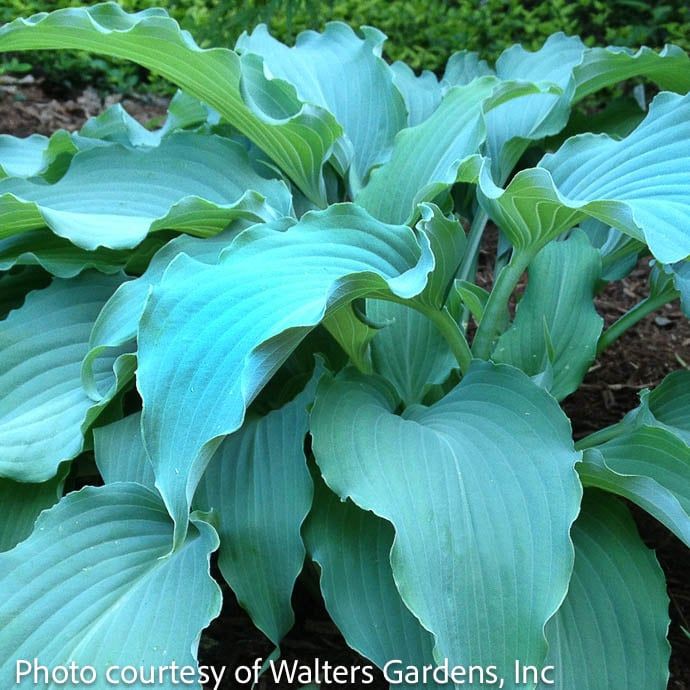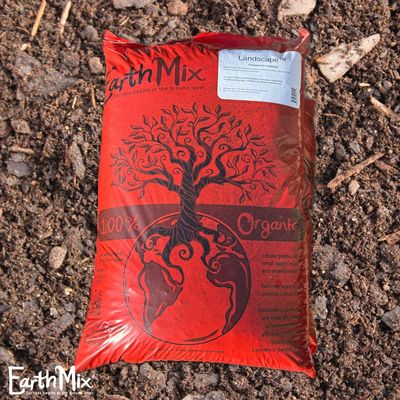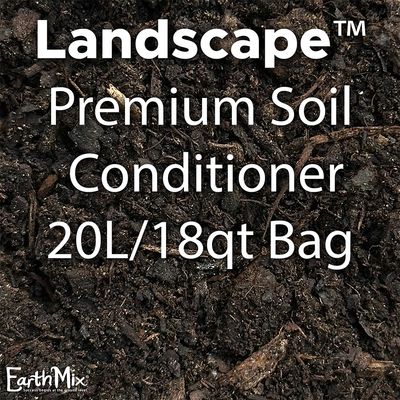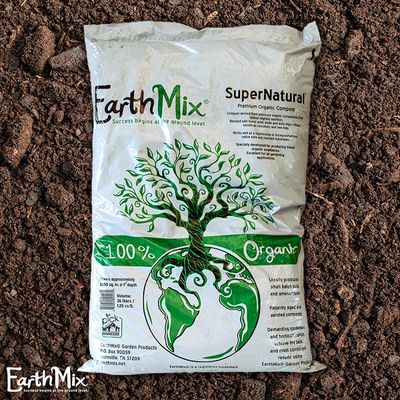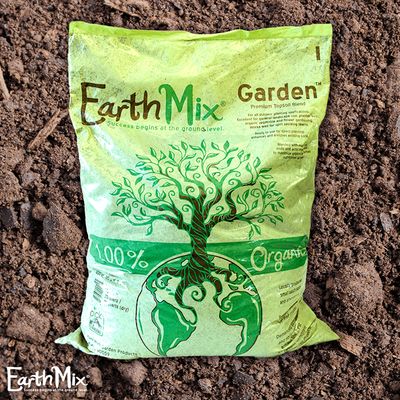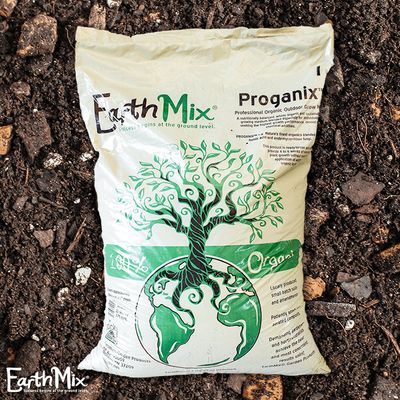#1 Hosta Neptune/ Blue 2023 Hosta of the Year
#1 Hosta Neptune/ Blue 2023 Hosta of the Year
Rippling sea-green foliage makes the Roman god of the ocean a fitting namesake for the 'Neptune' hosta. Its tapering leaves cascade beautifully when planted in a container or on a ledge. In late summer, it dons lavender flowers on long, bowing stems.
Scientific Name: Hosta 'Neptune' PP 19674
Common Name: Neptune Hosta
Garden Size: 24 inches tall by 47 inches wide; scape height 32-39 inches
Growth Rate: Moderate
USDA Zone: 3-9
Exposure: Partial to full shade
Water & Soil: Moist, well-drained soil
Habit (Form): Mounding
Foliage: Long, wedge-shaped blue leaves that mature to blue-green later in the season. The long, tapered leaves have wavy, rippled edges and are arranged in a cascading clump.
Flowers: Pale lavender, tube-shaped flowers that grow on arching scapes that emerge from the foliage. Blooms late summer to early fall.
Plant Origin: East Asia, primarily Japan and Korea. Most commercially available hostas are hybrids.
Wildlife Support: Hummingbirds and some bees enjoy the flowers. A favorite treat for our local deer.
Fertilizing: Apply compost in early spring before new growth emerges.
Pruning: Remove spent flower stalks to encourage new growth; trim back damaged or yellowing leaves as needed. Leave the leaves over the winter and wait until early spring to clean up.
ASPCA Toxicity flags (see their site for details): Toxic to dogs, cats, and horses
Uses: Ideal for shade gardens, woodland borders, and container plantings.
AHS Classification: II-2 (Large Leaved, Blue)
Parentage: Hybrid of (H. ‘Maekawa’ x H. ‘Halcyon’) x H. ‘Salute’
